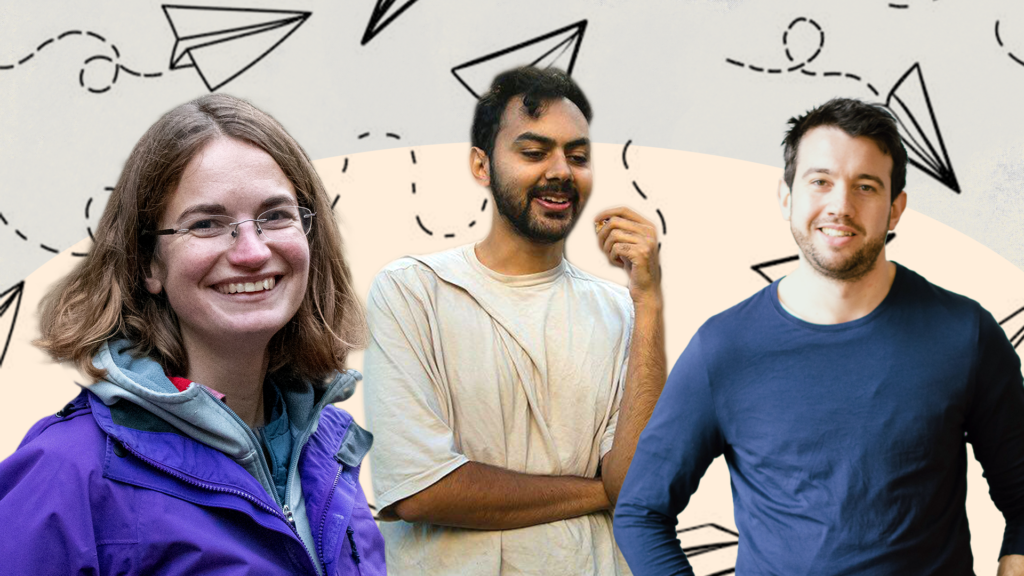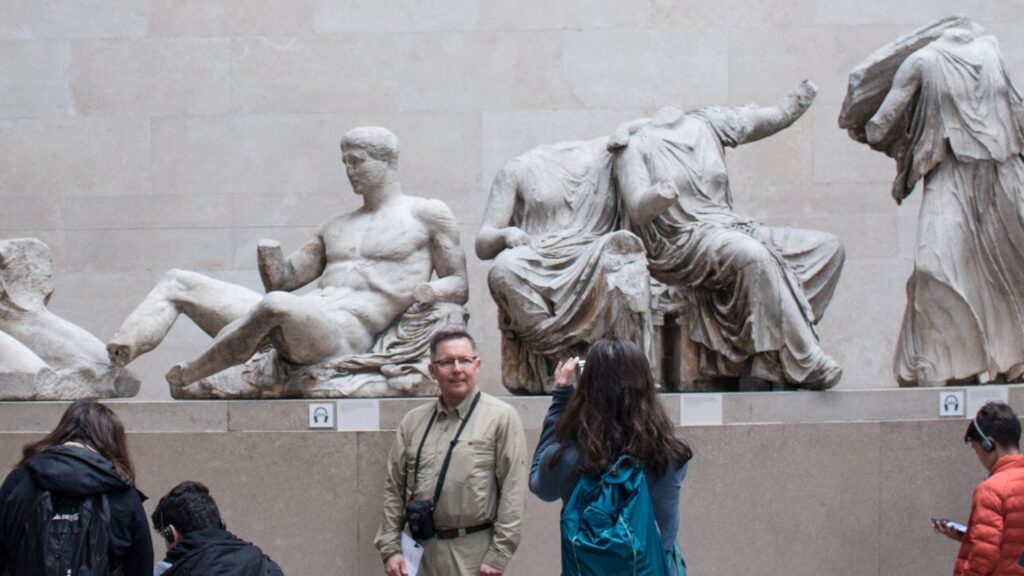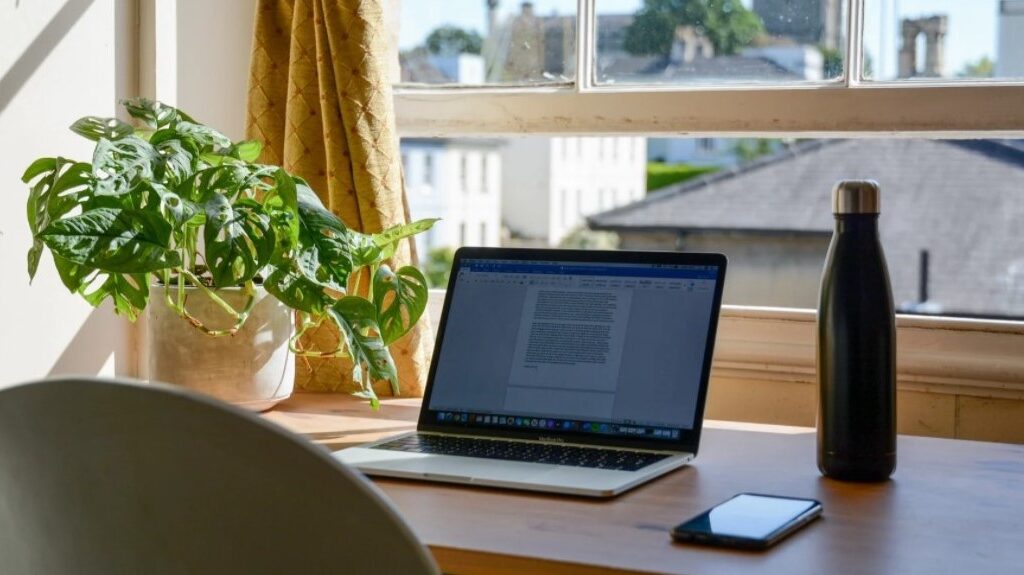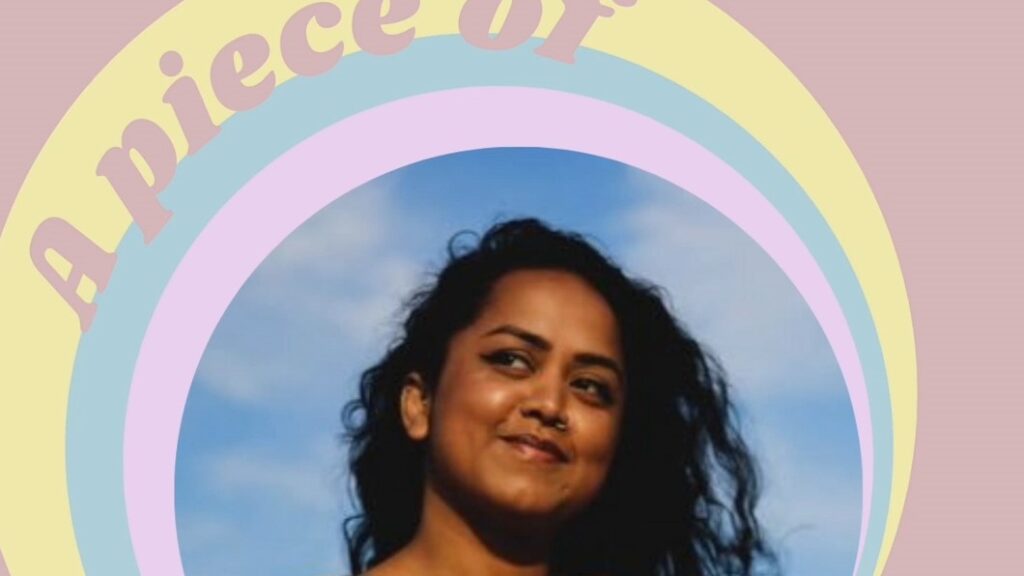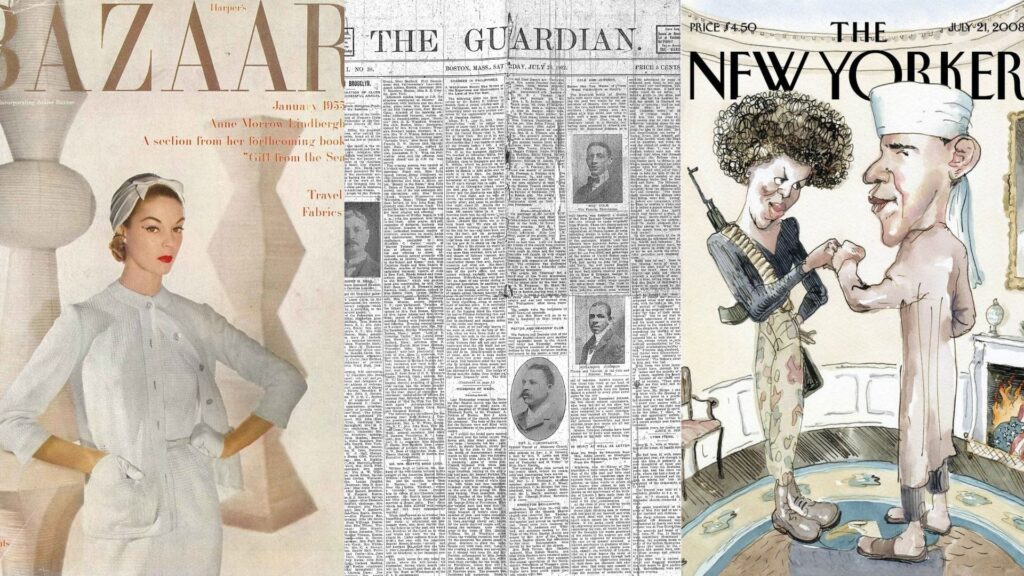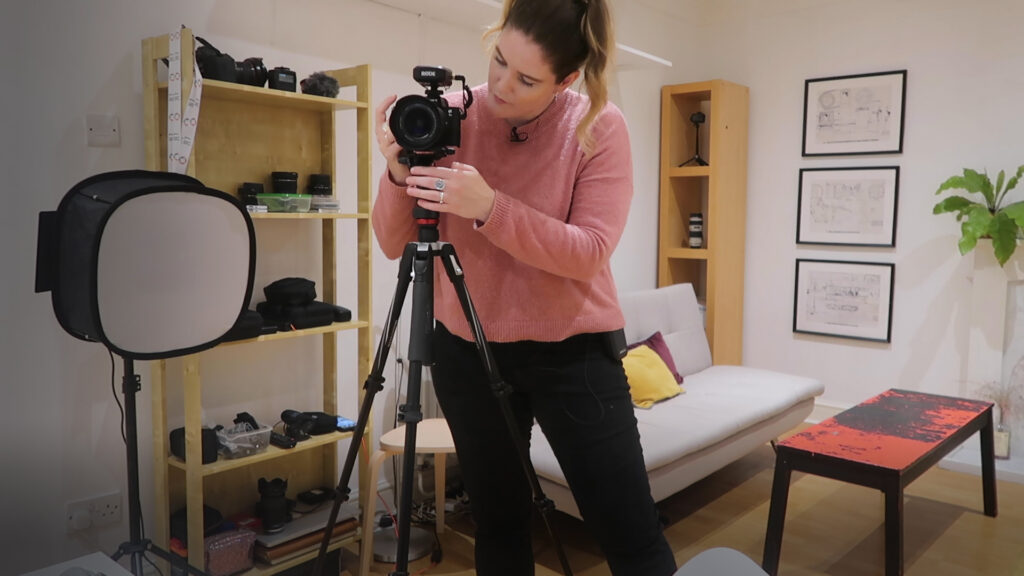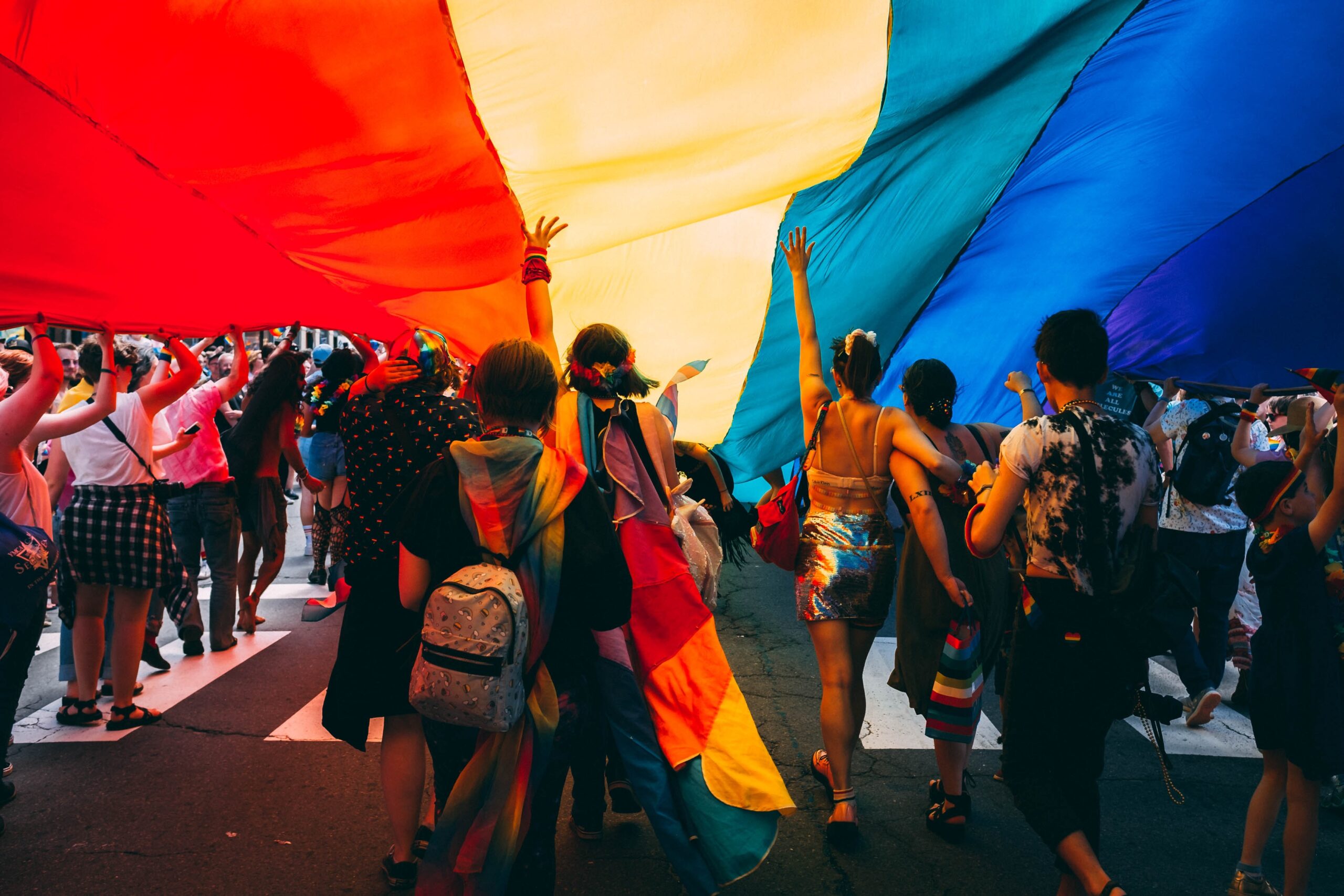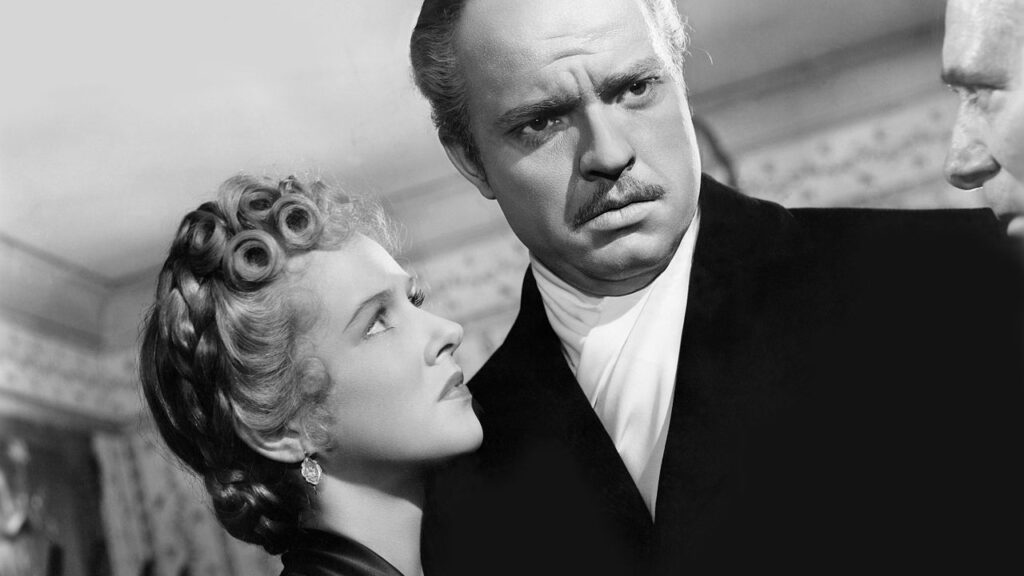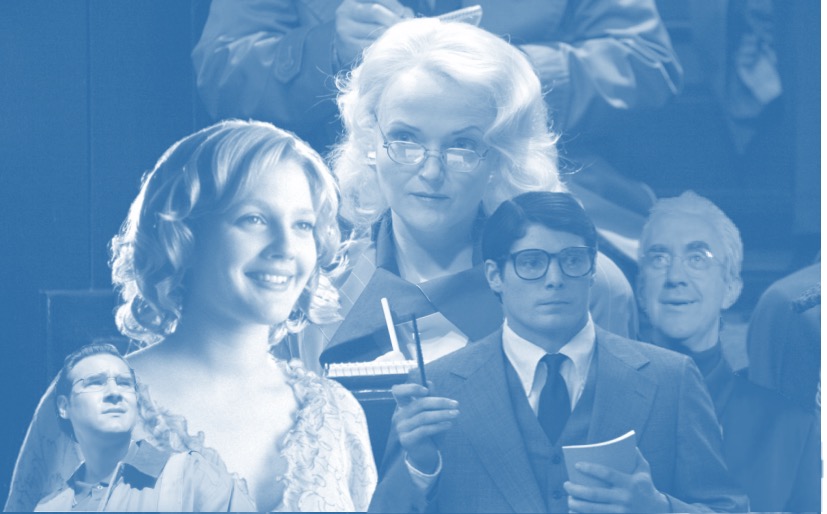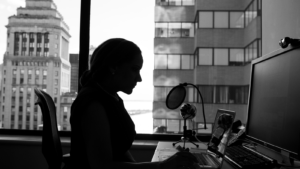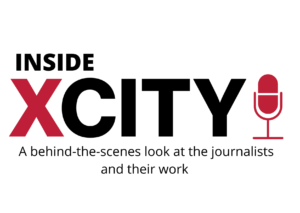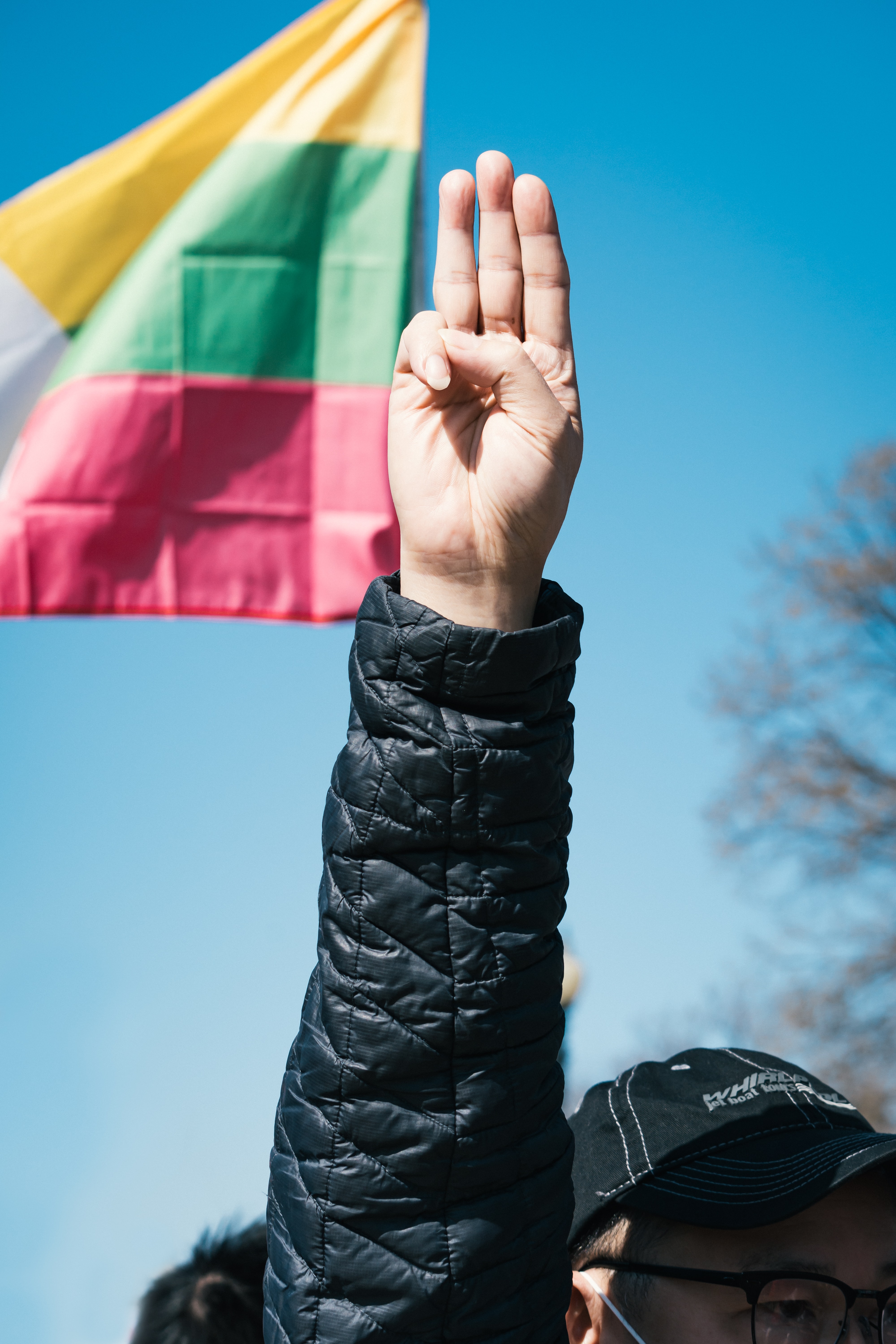Sophie Yeo thought she might never work again. Having finished her last commissioned article on 7 April 2020, Yeo was without any environmental writing opportunities for the first time since she became a full-time freelancer three years earlier.
Shaking up the art world: The age of digital art criticism
On a crinkled billboard outside of Stepney Green underground station in east London, a row of posters outlines The White Pube’s manifesto for a future art world. It was one of many manifestos that popped up across London, Liverpool, and Instagram in early 2021, as part of a public campaign to confront various inequalities in the global art ecosystem.
Food writers reveal which ingredient they’d like to eradicate from the earth
Do preserved lemons taste like toilet cleaner? Is it a crime to eat cottage cheese out of the tub? Should you ever trust someone who eats tongue? Ella Doyle discovers which ingredient food writers would like to eradicate from the earth.
Quiz: Which work-from-home journalist are you?
Which work-from-home journalist are you? Take Chiara Wilkinson’s quiz to find out what kind of journalist you’ve turned into over lockdown.
A piece of Faima’s mind: Video series
For the second instalment of ‘A Piece of Their Minds’, Charlotte Rawlings speaks to Faima Bakar, a lifestyle journalist turned freelancer and a staff writer for Journo Resources.
The best journalism ever written, as recommended by journalists
There are moments in every journalist’s career when you feel at a loss for inspiration, struggling to fill the blank page with words. When the ideas falter, inspiration can be found from fellow writers. Hadley Freeman, Simon Hattenstone, Charlie Brinkhurst-Cuff and Helena Lee reveal their recommended reads.
Al Jazeera producer on making global documentaries from her living room
Like many television journalists under lockdown last April, Al Jazeera’s senior digital producer Ali Rae was frustrated that on-the-ground reporting and filmmaking had paused. There’s little one can produce from the confines of one’s home. Or so you might think.
How Gay News paved the way for LGBTQI+ journalism in the UK
“It’s hard to imagine the diverse, thriving LGBTQI+ landscape we live in today without publications like Gay News.”
These words were spoken by DIVA editor Carrie Lyell about the British LGBTQI+ newspaper which ran between 1972 and 1983. Filled with wit, satire, and biting critiques of heteronormativity, the paper constantly pushed boundaries in a time when gay love faced huge barriers.
With the 50th anniversary of the iconic publication fast approaching in June, XCityPlus spoke to pioneering LGBTQI+ journalists about the legacy of Gay News and what it means to them.
Proportion of female experts on broadcast media plummets during the pandemic
The use of women experts in TV news programmes has gone “backwards” during the pandemic, according to the lead researcher of a City project.
Who to follow for refugee coverage on social media
There are 79.5 million people around the world who have been forced to flee their homes because of conflict, violence or persecution. Every four seconds, one more person becomes displaced. That’s 23,800 every day. While media coverage of the crisis reached its peak in 2015, refugees and displaced people face continued suffering.
Five reasons why Citizen Kane is still relevant to journalism
Unless they’ve been living under a rock, the odds of meeting a journalist who hasn’t seen, or at least heard of, Citizen Kane are slim. Repeatedly deemed one of the greatest films of all time by critics, the drama celebrates its 80th anniversary this year.
The Worst Film Journalists & Their Greatest Sins
From All The President’s Men to The Post, the film business has a history of celebrating the hard-working heroes of the journalism industry. But for every accurate depiction of a hard-nosed news hound, you can find a dozen inaccurate portrayals of clueless gonzos, who don’t know their slugs from their

